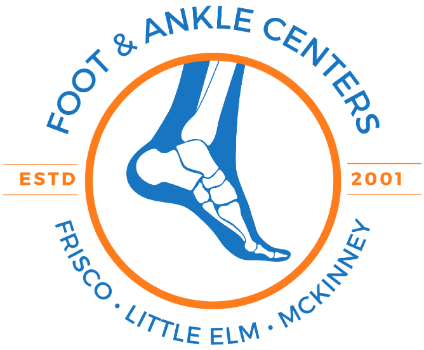Treat Haglund Deformity With The Expertise Of Our Podiatrists
If you are suffering from the pain and discomfort of a Haglund deformity, look no further than Foot & Ankle Centers of Frisco, Little Elm, & McKinney for the treatment you need. Our experienced podiatrists have the expertise and training to properly assess and diagnose your condition, as well as provide you with the most effective treatments available. Our podiatrists can provide you with the highest quality of care, whether you need conservative treatments, such as orthotics and shoe modification, or more advanced treatments such as surgery.
What Are The Risk Factors For Haglund Deformity?
The exact cause of Haglund deformity is unknown, but it is thought to be caused by a combination of several factors. Possible risk factors include:
- A genetic predisposition or family history of Haglund deformity
- Certain foot structures, such as a high arch or a tight Achilles tendon
- Wearing stiff-back shoes, such as pumps, dress shoes, ice skates, or work boots
It is possible to reduce the risk of developing Haglund deformity by wearing comfortable, well-fitting shoes with adequate cushioning and to avoid placing excessive pressure on the heel bone. Additionally, stretching and strengthening the calf muscles can help keep the Achilles tendon flexible and reduce the risk of Haglund deformity.

